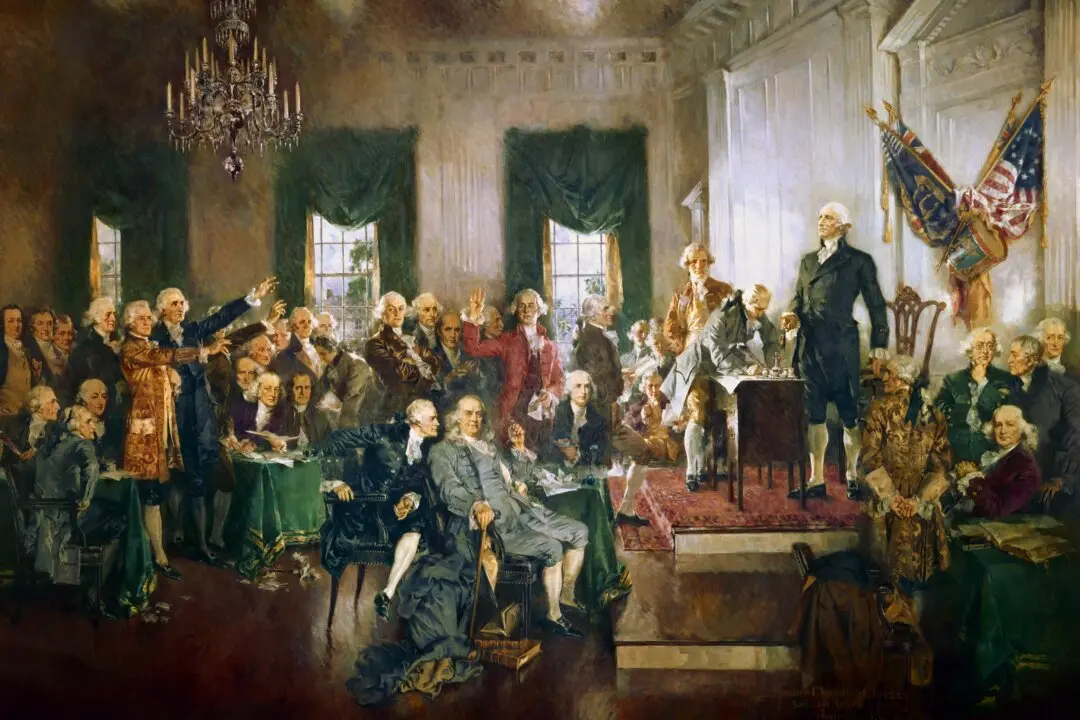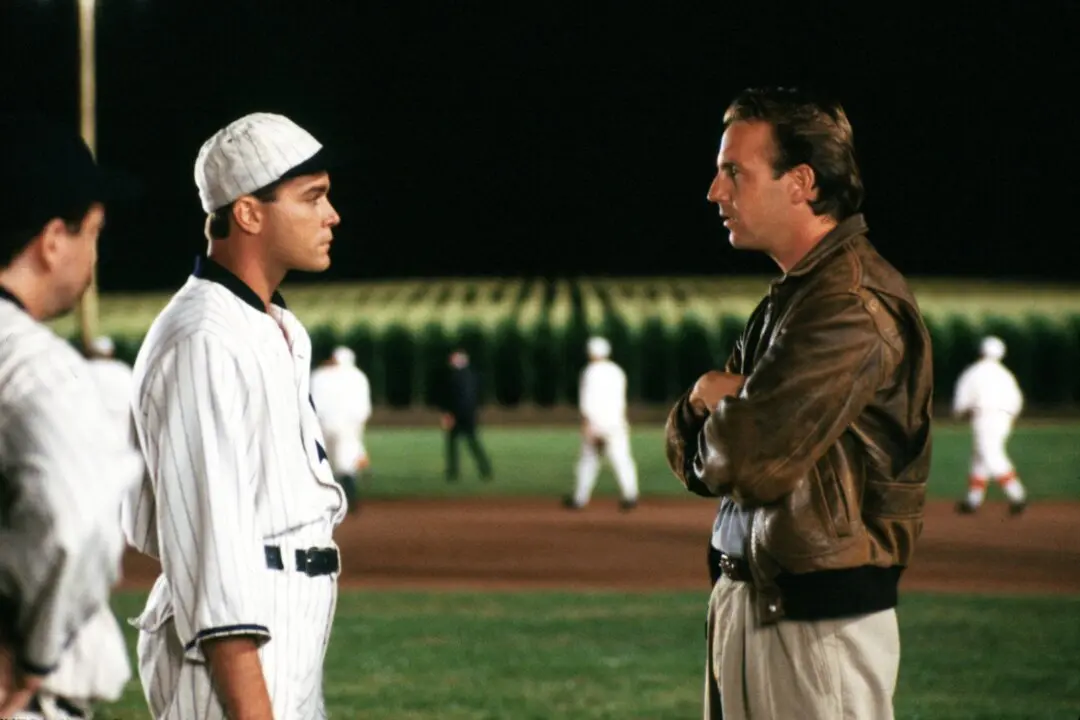NR | 16 min 55 sec | Drama, Comedy | 1952
In a rare on-camera appearance as narrator, John Steinbeck introduces the film, “The Cop and the Anthem,” one part of the five-part anthology film, “O. Henry’s Full House.” This adaptation of O. Henry’s light-hearted short story, directed by Henry Koster, comically ponders the double-edged nature of socio-economic aspirations.




